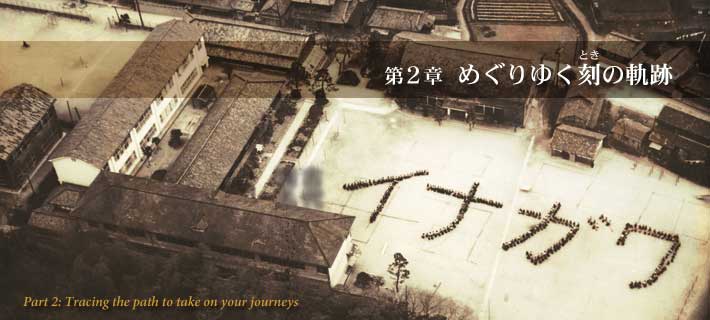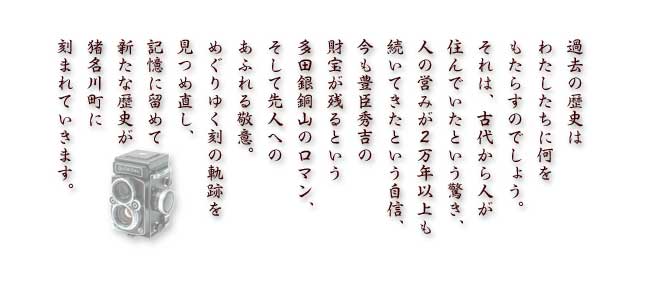|
| In ancient days, the current site of Inagawa
Town was an area of farming and hunting activities and where
high priests during the Nara period built the Yanaizuin Temple.
Around the middle of the Heian period, Lord Mitsunaka Minamoto
established the Tadanosho manor here. The Edo period was the
heyday of the local Tada silver and copper mines whose operations
helped to generate considerable prosperity for surrounding towns
and villages.In 1871, the establishment of prefectures in place
of feudal domains caused this part of Japan to be officially
designated Hyogo Prefecture. In 1889, the villages of Mutsuse
and Nakatani were founded. They were later amalgamated on April
10, 1955, at which point the town of Inagawa was born. |
|
|


